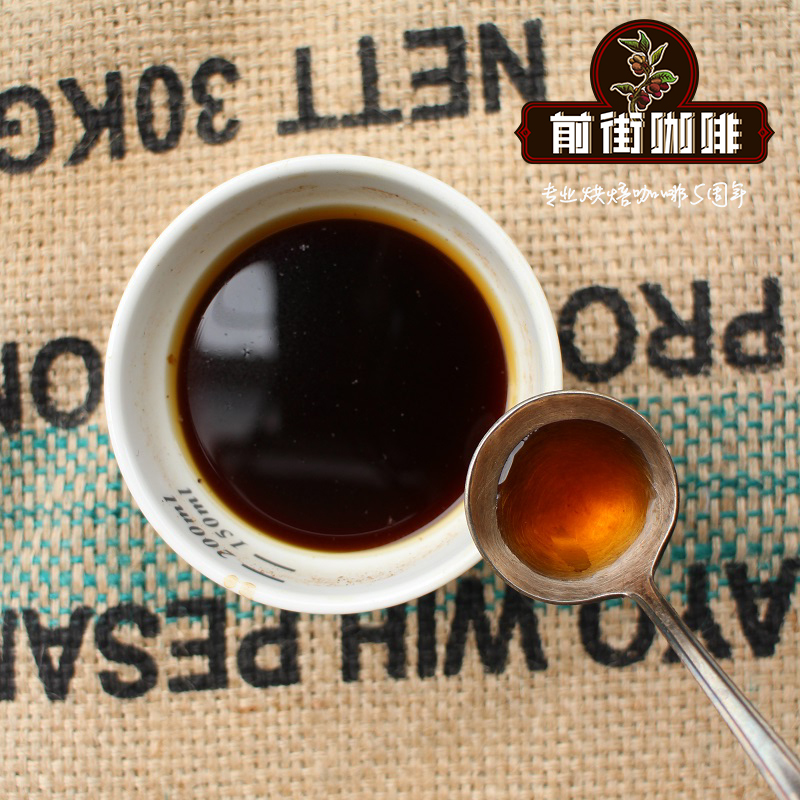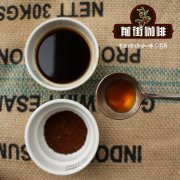Do you grow litchi orchid coffee beans in Panama? What kind of coffee can be grown in Panama

Professional coffee knowledge exchange more coffee bean information please follow the coffee workshop (Wechat official account cafe_style)
Panama ushered in a good winter in 2019! This year's production season is not only a recovery of output, the overall production capacity has also set a high point in recent years, the key point is that the quality is also quite good year.
Of course, in fact, for the landowner, it is not so happy to see this kind of "output year" phenomenon ~ this will reduce the income of the manor in the long run, but the cost of operation is always fixed.
But as farmers who "eat from heaven", they can only choose to be optimistic and positive!
If coffee beans can be used as a national treasure, one of the most expensive geisha coffee in the world must be the national treasure of Panama. The native varieties of coffee all over the world originated in Africa, and geisha coffee is no exception. It was transplanted from the Geisha mountains of southwestern Ethiopia to the Boquete mountains of Panama. It got its name because its pronunciation is similar to that of Japanese geisha.
Geisha caffeine production is low, and the tree is tall, which directly affects the yield of coffee farmers and the yield of coffee beans, and has been ignored by coffee farmers. For this reason, this kind of coffee tree, which was initially regarded as large and inappropriate, was "abandoned" by coffee farmers and planted outside the coffee farm for windproof purposes! In 2004, a year when the fate of geisha coffee was reversed, one of the estates in the Panama National Coffee Competition accidentally discovered that the geisha coffee, which had been abandoned by its own coffee farm, had a strong and complex flavor.
Compared with the traditional Panamanian coffee flavor, the soft geisha coffee is famous for its citrus fruit and floral aromas and has been the champion of the national coffee competition for many years in a row.
Elida Estate has sprung up rapidly in recent years and is owned by the Wilford Lamastus family, which has produced coffee for four generations. Elida Estate is famous whether it is called the world's most sacred Panamanian coffee king battle B.O.P (Best of Panama) or in the international coffee market. During this visit to the Boquete Mountains of Panama, like the French growing grapes, you can get a close look at the local conditions needed to grow top geisha coffee.
Elida Estate coffee is grown at a high altitude of 1700 meters, providing extremely long sunshine for the growth of coffee beans, and a relatively cool climate, allowing geisha coffee to grow longer and have a more elegant and delicate taste. Coffee is even more complex because of its geographically permeable and mineral-rich fertile volcanic soil. Geisha coffee has become a hit in the battle for the king of BOP coffee, and it has also brought new surprises to boutique coffee lovers around the world. The coffee evaluation standard of the King of Coffee Battle is 100 out of 100, which is given by the judges through aroma, acidity, mellowness, flavor and finish.
Litchi orchid coffee is the coffee of Honduras, but it is not grown in Panama.
Important Notice :
前街咖啡 FrontStreet Coffee has moved to new addredd:
FrontStreet Coffee Address: 315,Donghua East Road,GuangZhou
Tel:020 38364473
- Prev

How to correct the bean grinder? How does the Italian bean grinder grind the fastest?
Professional coffee knowledge exchange more coffee bean information Please follow the coffee workshop (Wechat official account cafe_style) as there is a certain difference between each batch of the bean grinder, so the current street coffee will first correct it when it gets a new bean grinder. Perhaps some people are curious about how to correct the bean grinder when they are at home. Front
- Next

What is Black Coffee Starbucks Black Coffee Black Coffee Coffee
Professional coffee knowledge exchange More coffee bean information Please pay attention to coffee workshop (Weixin Official Accounts cafe_style) Black coffee is a coffee without any modification, bringing the most primitive feeling of coffee taste. The main use is deep roasting, the process will add caramel, butter and other natural additives, and roast coffee beans to the degree of carbonization, so black coffee beans
Related
- Beginners will see the "Coffee pull flower" guide!
- What is the difference between ice blog purified milk and ordinary milk coffee?
- Why is the Philippines the largest producer of crops in Liberia?
- For coffee extraction, should the fine powder be retained?
- How does extracted espresso fill pressed powder? How much strength does it take to press the powder?
- How to make jasmine cold extract coffee? Is the jasmine + latte good?
- Will this little toy really make the coffee taste better? How does Lily Drip affect coffee extraction?
- Will the action of slapping the filter cup also affect coffee extraction?
- What's the difference between powder-to-water ratio and powder-to-liquid ratio?
- What is the Ethiopian local species? What does it have to do with Heirloom native species?

